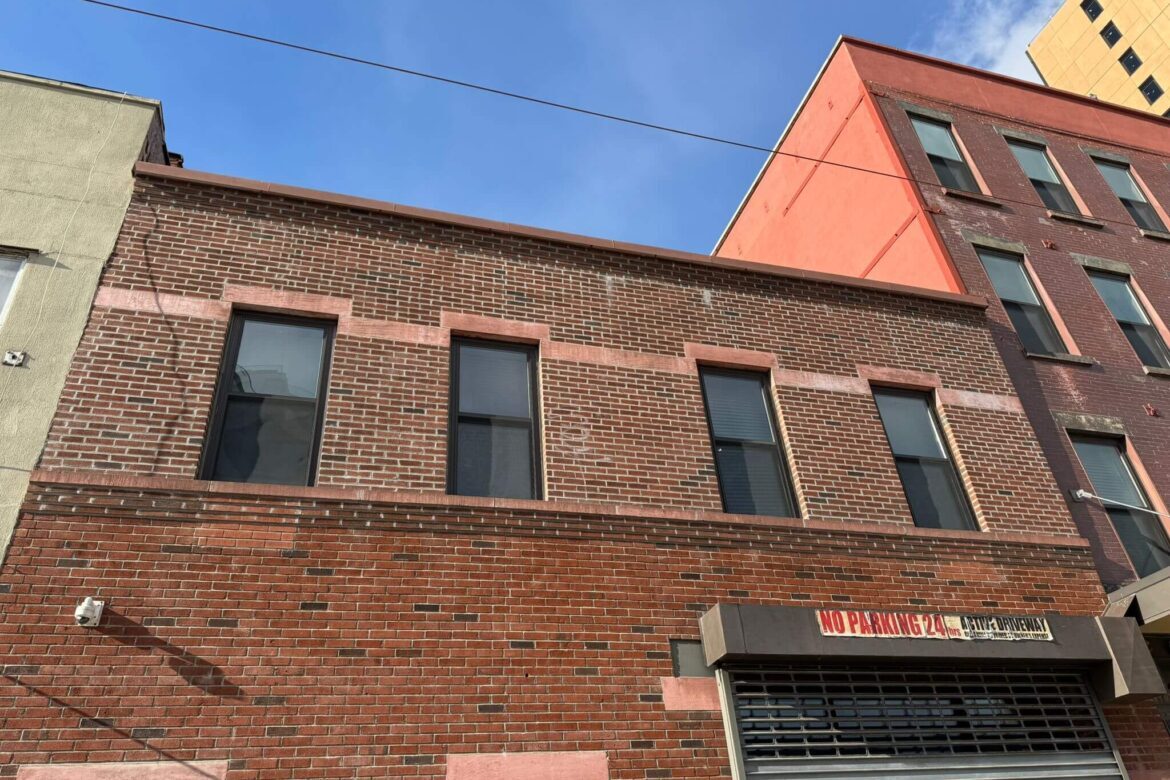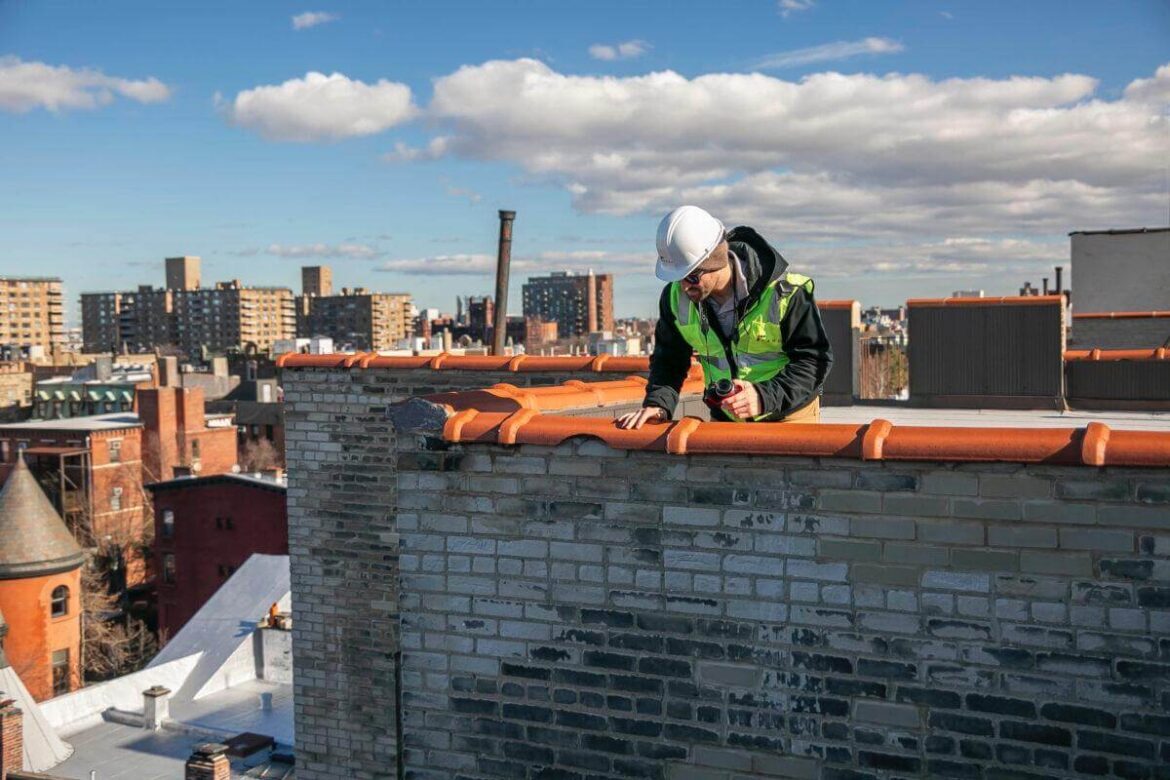Common Local Law 126 Parapet Defects Found in NYC Buildings
New York City’s skyline isn’t just famous for its towering skyscrapers—it’s also home to countless parapets silently standing guard along rooftops. But here’s the catch: these unsung heroes of building safety need regular check-ups. Local Law 126 mandates inspections of these rooftop barriers, and what inspectors find often tells a fascinating (and sometimes alarming) story of neglect, weather damage, and time’s relentless march.
The Crumbling Crown: Spalling and Deterioration
Walk past any older NYC building, and you might notice chunks of masonry missing from the rooftop edge. That’s spalling—when moisture seeps into brick or concrete, freezes, expands, and literally blows pieces apart. It’s like Mother Nature playing demolition expert, one freeze-thaw cycle at a time.
Common signs include:
- Flaking or peeling brick faces
- Exposed rebar peeking through concrete
- Loose mortar crumbling at the slightest touch
Repair costs typically range from $200-$500 per linear foot, depending on severity. Left unchecked, minor spalling can escalate into structural nightmares requiring complete parapet reconstruction.
The Invisible Threat: Coping Stone Failures
Coping stones are the protective caps crowning your parapet. When these fail, it’s like removing an umbrella during a rainstorm—everything underneath gets soaked. Under Local Law 126 Parapet inspections, failed coping stones rank among the most frequently cited defects.
Water infiltration doesn’t announce itself with fanfare. It sneaks in quietly, corroding metal anchors, weakening mortar joints, and creating a domino effect of deterioration. Many building owners are shocked to discover their seemingly solid parapets are actually crumbling from the inside out.
Lean on Me (But Not Too Much)
Picture a parapet wall leaning outward like the Tower of Pisa’s less-famous cousin. Structural displacement isn’t just aesthetically concerning—it’s a legitimate safety hazard. This typically happens when:
- Foundation settlement shifts the building’s framework
- Corroded wall ties lose their grip
- Long-term water damage weakens the structural integrity
Inspectors measuring even a slight outward lean will flag it immediately. Correction might involve wall stabilization anchors ($200-$400 per anchor) or, in severe cases, complete rebuilding (potentially $500+ per linear foot).
The Mortar Mystery
Mortar joints are the glue holding everything together, yet they’re often the most overlooked component. During Local Law 126 Parapet inspections, deteriorated mortar joints appear in nearly 70% of violation reports. The culprits?
- Decades of harsh NYC weather
- Original construction using substandard materials
- Previous DIY “repairs” that did more harm than good
Repointing costs average $8-$25 per square foot, making it one of the more affordable fixes—if caught early.
Flashing Failures and Water Woes
Flashing is the unsung hero preventing water from sneaking behind your parapet. When it fails, rust, corrosion, and separation from the wall create highways for moisture infiltration. The damage often remains invisible until inspectors uncover extensive interior deterioration.
Flashing replacement typically costs $85-$120 per linear foot, a small price compared to addressing the water damage it prevents.
Protect Your Building, Protect Your Investment
Don’t wait for a violation notice to address your building’s parapet defects. Local Law 126 exists for one crucial reason—keeping New Yorkers safe from preventable accidents. Whether you’re facing minor mortar issues or major structural concerns, professional inspection and timely repairs protect both your investment and community.
Visit nycparapetsinspection.com to connect with certified professionals who understand NYC’s unique architectural challenges and can guide you through complete compliance.


